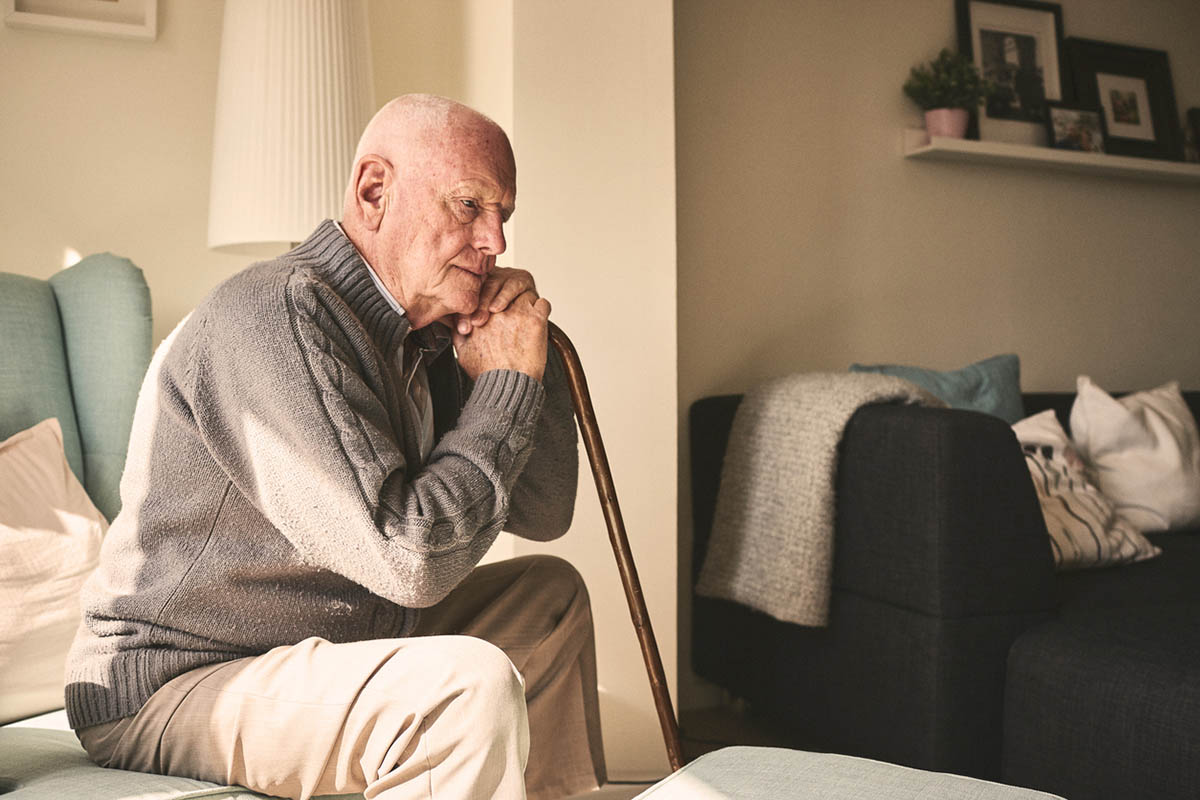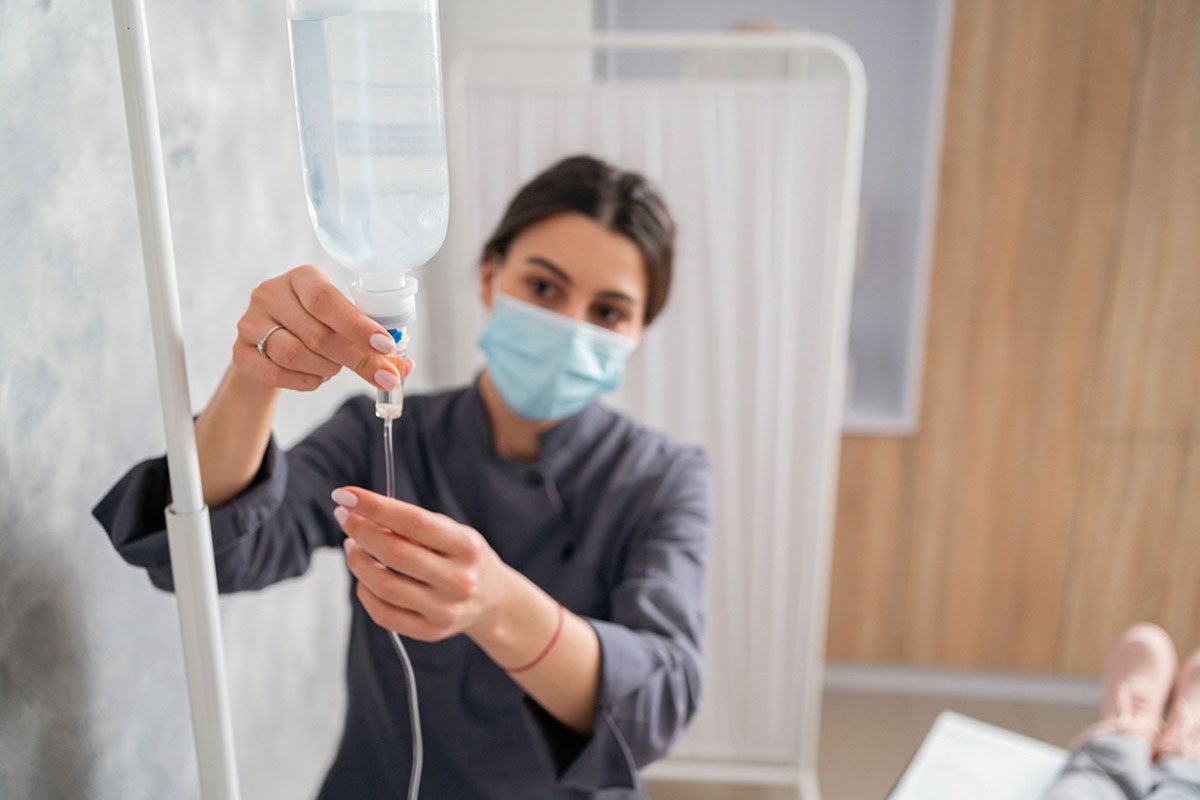Because this piece does not have an abstract, we have provided for your benefit the first 3 sentences of the full text.
To the Editor: Currently, deep brain stimulation is in phase 3 clinical trials for treatment of depression; it is approved to treat obsessive-compulsive disorder and Parkinson’s disease. We present a case of a patient who was treated with deep brain stimulation for Parkinson’s disease and, in the process, gained remission from major depressive disorder but continued to have complications from Parkinson’s disease.
Case report. Ms A is a 65-year-old woman with a history of Parkinson’s disease, major depressive disorder, and generalized anxiety disorder.
Deep Brain Stimulation in the Globus Pallidus Internus in a Woman With Parkinson’s Disease Treats Depression but Does Not Improve Parkinsonian Symptoms: A Case Report
To the Editor: Currently, deep brain stimulation is in phase 3 clinical trials for treatment of depression; it is approved to treat obsessive-compulsive disorder and Parkinson’s disease. We present a case of a patient who was treated with deep brain stimulation for Parkinson’s disease and, in the process, gained remission from major depressive disorder but continued to have complications from Parkinson’s disease.
Case report. Ms A is a 65-year-old woman with a history of Parkinson’s disease, major depressive disorder, and generalized anxiety disorder. Ms A has a history of major depressive disorder since childhood and a 20-year history of Parkinson’s disease. Her depression significantly worsened after she developed Parkinson’s disease. She had multiple hospitalizations for depression and suicidal ideation, with no previous suicide attempts. Her last hospitalization was in 2012. She had been taking multiple serotonin reuptake inhibitors for major depressive disorder, as well as antipsychotics for times in which she had presented with psychotic features. Due to poor control of dyskinesia associated with Parkinson’s disease, Ms A underwent surgery for deep brain stimulation electrode placement. She had the electrodes placed bilaterally in the globus pallidus internus. This site is often chosen in patients with Parkinson’s disease and has been shown to provide greater relief from psychiatric symptoms than another commonly chosen area, the subthalamic nuclei.1 Ms A presented to the neurology clinic for follow-up and reported a significantly improved mood, with regained appetite and improved sleep. With regard to her dyskinesia, there was limited improvement, and there were some complications with the deep brain stimulation, leading to periods of increased patient rigidity and slowing of her movements. Despite these complications, her mood improved, leading to the argument that deep brain stimulation was paramount to remission of Ms A’s depression.
In a small study conducted by Ooms et al,2 it was found that patients with obsessive-compulsive disorder treated with deep brain stimulation had a recurrence of obsessive-compulsive disorder and rebound depression and anxiety when deep brain stimulation was turned off for 1 week. The same study also found diminished quality of life when deep brain stimulation was switched off.2 The rebound symptoms of depression do not necessarily mean that deep brain stimulation can treat these symptoms, but it supports the argument for the link between deep brain stimulation and depression. In another study,3 patients receiving subthalamic deep brain stimulation treatment for Parkinson’s disease with and without current anxiety or mood disorders were compared. It was found that those with a current diagnosis of a mood or anxiety disorder experienced more improvement in mood than those without.3 With regard to areas within the brain for deep brain stimulation in treating treatment-resistant depression, research remains limited, but the nucleus accumbens,4-6 the cingulate gyrus,4 the caudate,4 and the globus pallidus internus1,7 are a few of the potentially promising target areas.
Deep brain stimulation is promising but is still being examined by researchers as a viable option for treating mood disorders, specifically major depressive disorder. This case highlights a positive outcome with regard to the improvement in a patient’s mood, irrespective of her parkinsonian symptoms. Further research will give us a more definitive answer as to how, when, and where to begin deep brain stimulation treatment for those with major depressive disorder.
References
1. Liu Y, Li W, Tan C, et al. Meta-analysis comparing deep brain stimulation of the globus pallidus and subthalamic nucleus to treat advanced Parkinson disease. J Neurosurg. 2014;121(3):709-718. PubMed doi:10.3171/2014.4.JNS131711
2. Ooms P, Blankers M, Figee M, et al. Rebound of affective symptoms following acute cessation of deep brain stimulation in obsessive-compulsive disorder. Brain Stimulat. 2014;7(5):727-731. PubMed doi:10.1016/j.brs.2014.06.009
3. Eisenstein SA, Dewispelaere WB, Campbell MC, et al. Acute changes in mood induced by subthalamic deep brain stimulation in Parkinson disease are modulated by psychiatric diagnosis. Brain Stimulat. 2014;7(5):701-708. PubMed doi:10.1016/j.brs.2014.06.002
4. Millet B, Jaafari N, Polosan M, et al. Limbic versus cognitive target for deep brain stimulation in treatment-resistant depression: accumbens more promising than caudate. Eur Neuropsychopharmacol. 2014;24(8):1229-1239. PubMed doi:10.1016/j.euroneuro.2014.05.006
5. Bewernick BH, Hurlemann R, Matusch A, et al. Nucleus accumbens deep brain stimulation decreases ratings of depression and anxiety in treatment-resistant depression. Biol Psychiatry. 2010;67(2):110-116. PubMed doi:10.1016/j.biopsych.2009.09.013
6. Hauptman JS, DeSalles AA, Espinoza R, et al. Potential surgical targets for deep brain stimulation in treatment-resistant depression. Neurosurg Focus. 2008;25(1):E3. PubMed doi:10.3171/FOC/2008/25/7/E3
7. Couto MI, Monteiro A, Oliveira A, et al. Depression and anxiety following deep brain stimulation in Parkinson’s disease: systematic review and meta-analysis. Acta Med Port. 2014;27(3):372-382. PubMed
Author affiliations: Department of Psychiatry, Virginia Tech Carilion School of Medicine, Roanoke.
Potential conflicts of interest: None reported.
Funding/support: None reported.
Published online: July 9, 2015.
Prim Care Companion CNS Disord 2015;17(4):doi:10.4088/PCC.14l01750
© Copyright 2015 Physicians Postgraduate Press, Inc.
Please sign in or purchase this PDF for $40.00.




